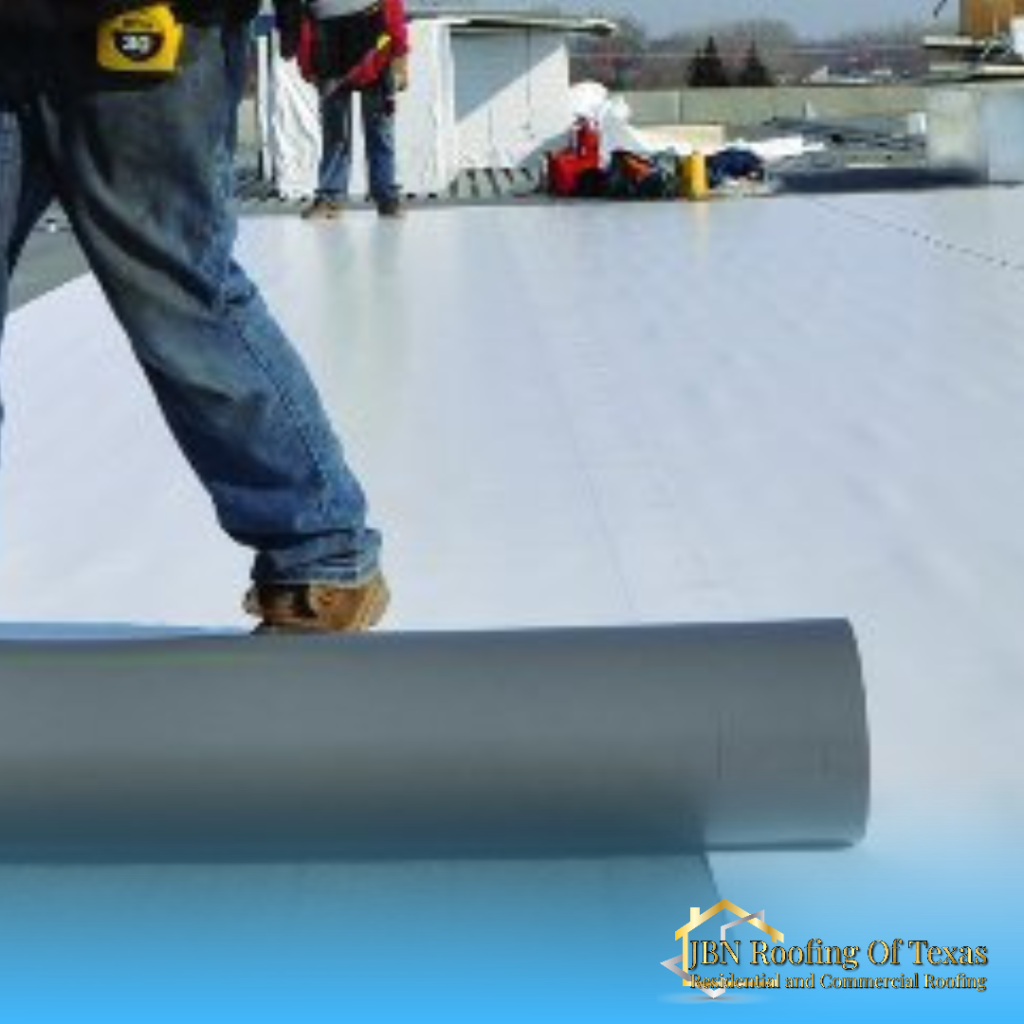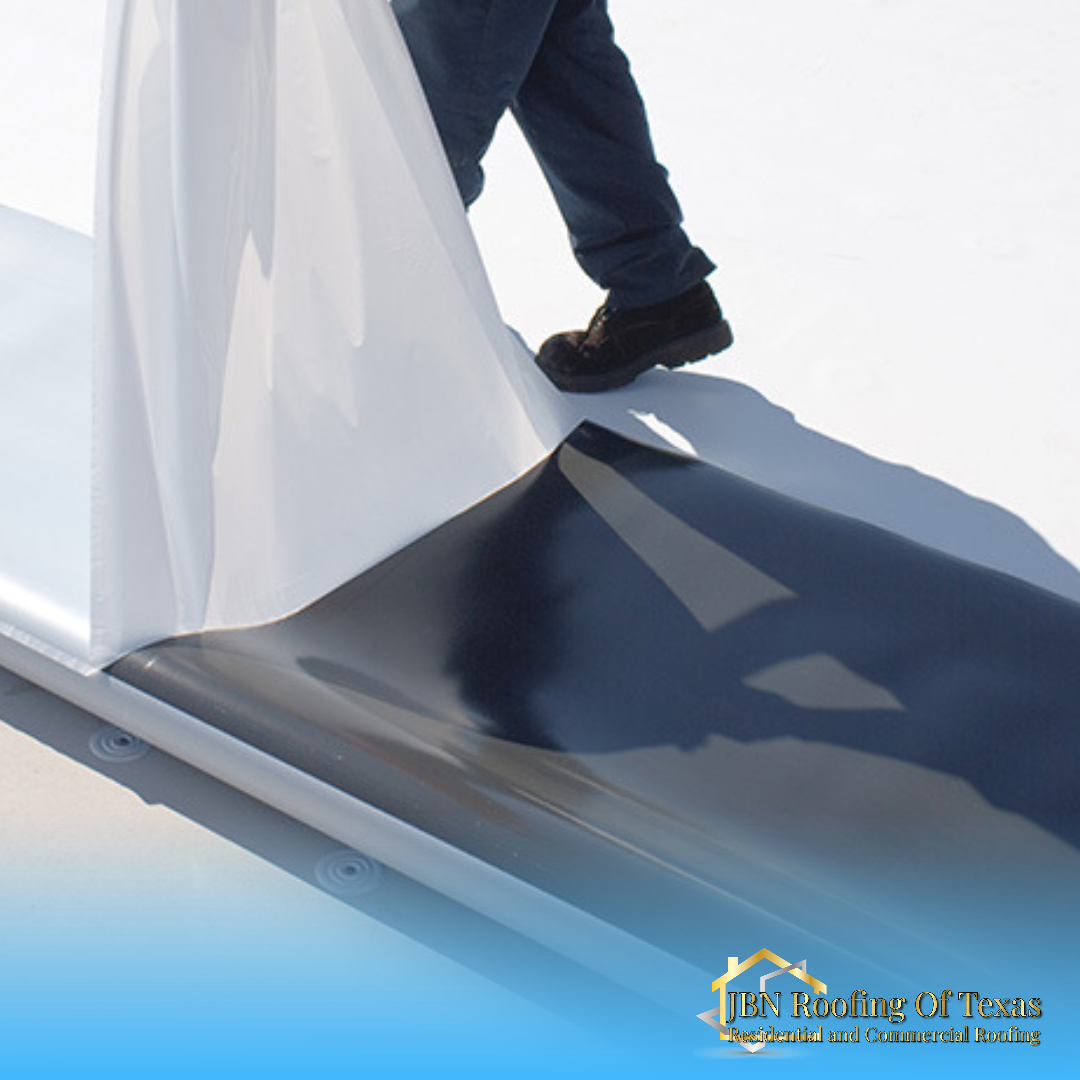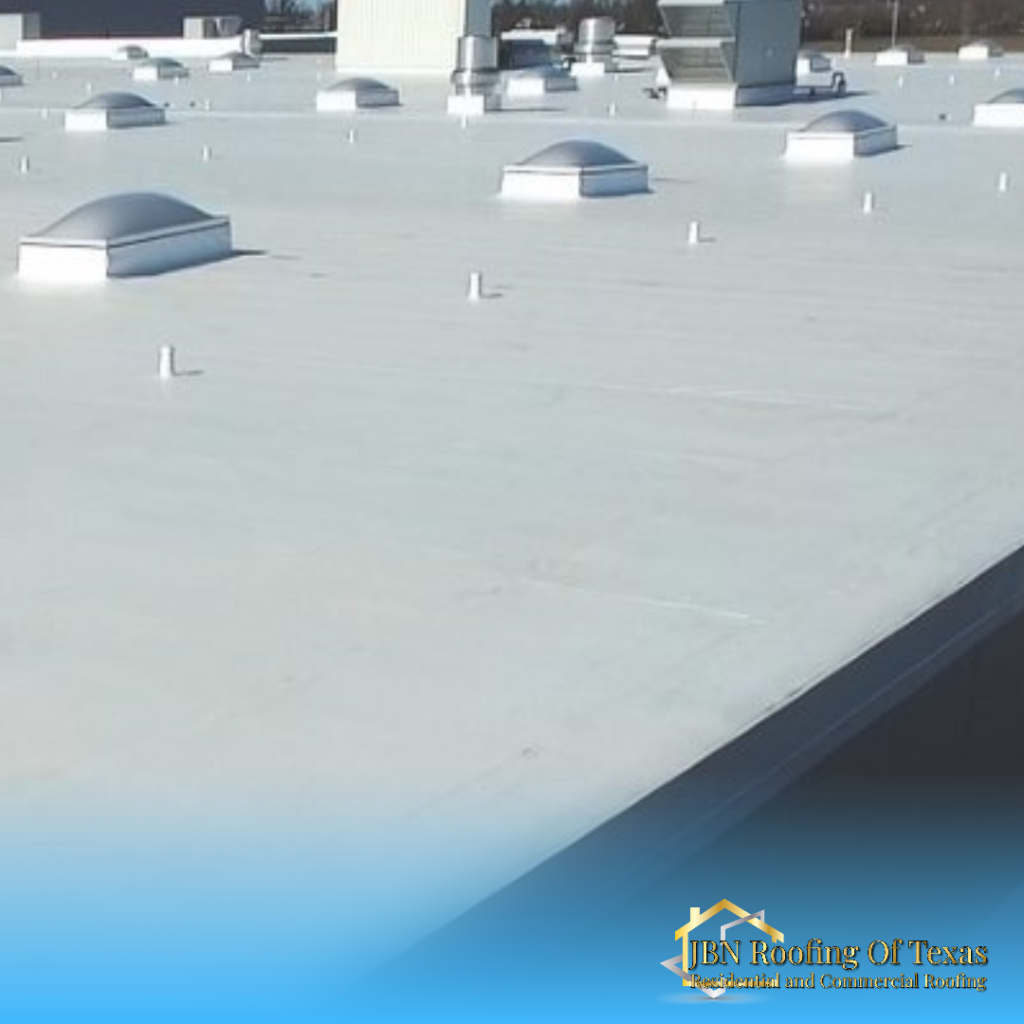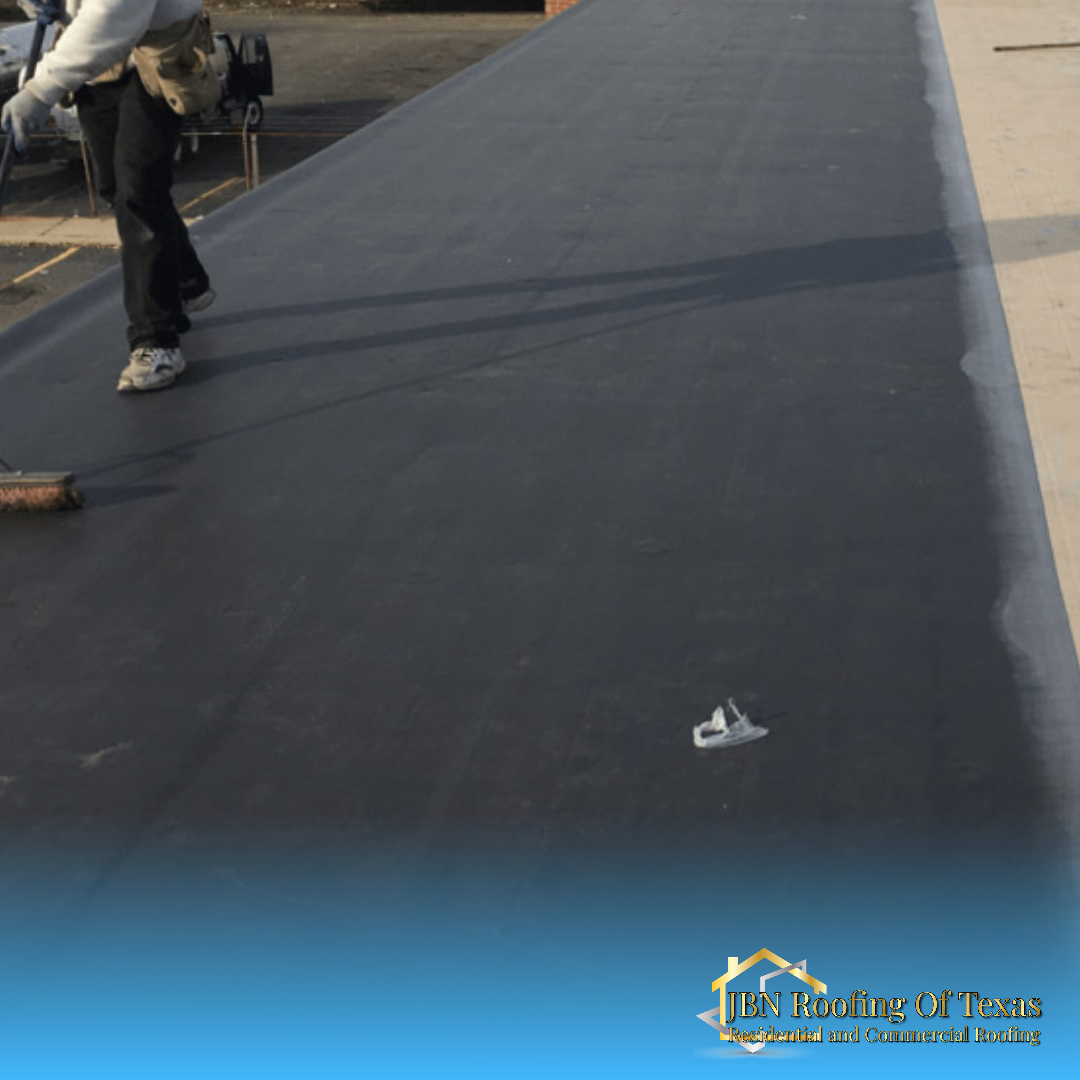Commercial single ply membranes come in several different materials. As you would expect, each offers your commercial building-specific benefits, and each has its own unique requirements and characteristics.


Commercial single ply membranes for commercial roofing are not new. They have been around in some form for more than 60 years. But not all property owners are familiar with single-ply membranes, their application, and the potential benefits it could bring to their commercial buildings.
One-ply commercial membranes are a proven method of protecting existing roofing systems. They make it virtually waterproof, improve its functionality and performance, and increase energy efficiency. This can save money for the building owner.
Commercial Single ply Roofing Options
There are many options for commercial single-ply membranes. Each material offers a unique benefit for your commercial building, as well as its own characteristics.
What is single-ply roofing?
Single-Ply roofing membranes are those that have only one layer. Single-Ply membranes come in five basic types: (1) Ballasted, (2) Fully-Adhered,(3) Mechanically-Fastened, (4) Partially-Adhered, and (5) Self-Adhered. Single-Ply Membranes’ seams can be heat-welded, solvent-welded, and adhered with seam tape or any other adhesives.


TPO Roofing
Thermoplastic polyolefin
- TPO’s white reflective surface reduces cooling costs.
- TPO roofing systems offer the best environmental performance of single-ply systems.
- They don’t produce chlorine or dioxins. Membranes can be made in different thicknesses depending on your requirements. They also come in various roll widths.
PVC Roofing
Poly Vinyl Carbonate
- These systems are capable of resisting various chemical effluents.
- They resist punctures and tears better than any other material.
- PVC systems are particularly well-suited for roofs that are exposed at high concentrations of oils, greases and many other fuels.
- PVC roofs can be used in areas where acid rainfall or other forms acidic outflow are a problem.


EPDM Roofing
Ethlyene Propylene Diene Terpolymer
- EPDM systems are very easy to maintain and resist UV radiation and ozone.
- EPDM technology has been effective for more 40 years.
- It is resistant to extreme temperature changes and can expand and contract with the structure.
